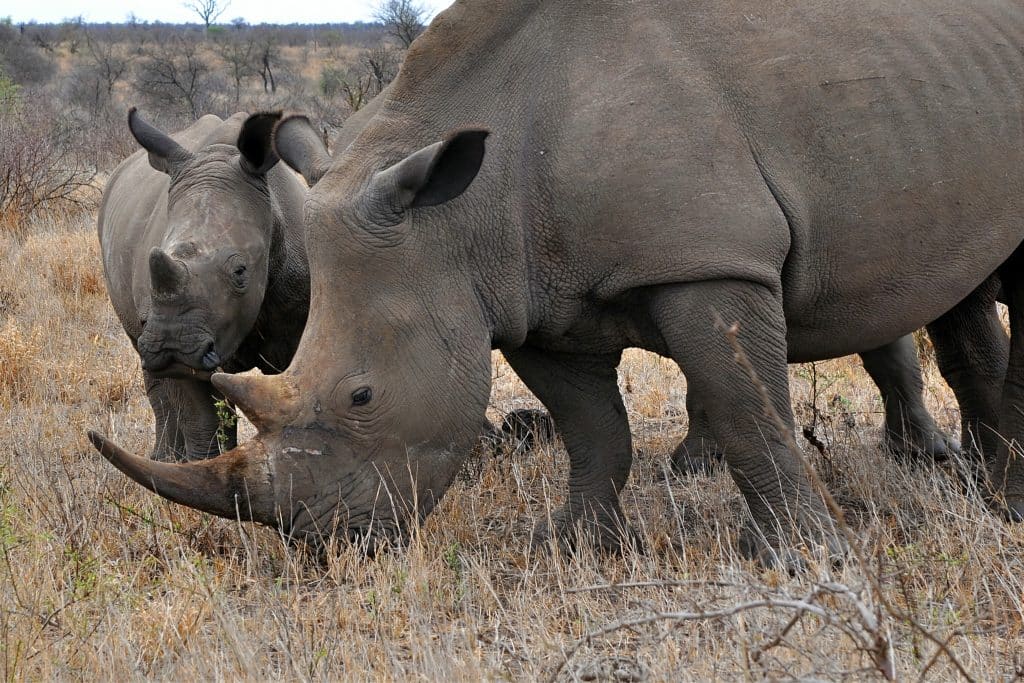In 2022, rhino poaching in South Africa showed a slight decrease from the previous year. At least 448 animals were killed compared to 451 in 2021. However, the phenomenon has shifted from the large national parks, which are under heavy surveillance, to regional parks and private reserves, where 324 rhinos were killed in 2022. The Kruger National Park, the country’s largest, is the only one of South Africa’s 20 or so national parks to have been affected by poaching. At least 124 rhinos were killed there, about 40% less than the previous year.
In a statement issued on 6 January 2023, South African Environment Minister Barbara Creecy explained that the decline in rhino poaching in the national parks was due to “the relentless war waged by our formidable anti-poaching machinery as well as the comprehensive dehorning programme”. Dehorning is an anti-poaching measure that involves cutting off all or part of an animal’s horns.
In addition, the public authority that manages national parks announced in December 2022 the use of lie detectors on national park employees, as poachers sometimes benefit from their complicity.
Rhino poaching in KwaZulu-Natal
The province of KwaZulu-Natal, in the south-east of South Africa, has the highest rate of rhino poaching in regional parks. In 2022, KwaZulu-Natal regional parks recorded 244 rhino kills, 16 of which were in private reserves. South Africa’s environment minister has urged the province’s authorities to follow the national model, “before it’s too late”, warns Barbara Creecy.
Read also-SOUTH AFRICA: Rhinos have lost 75% of their population in less than ten years
A total of 132 arrests were made in 2022 for rhino poaching. South Africa is home to nearly 80% of the world’s rhinos, making it a priority area for poaching driven by Asian demand. In Asia, rhino horns are used in traditional medicine for their supposed therapeutic or aphrodisiac effects.
Boris Ngounou
